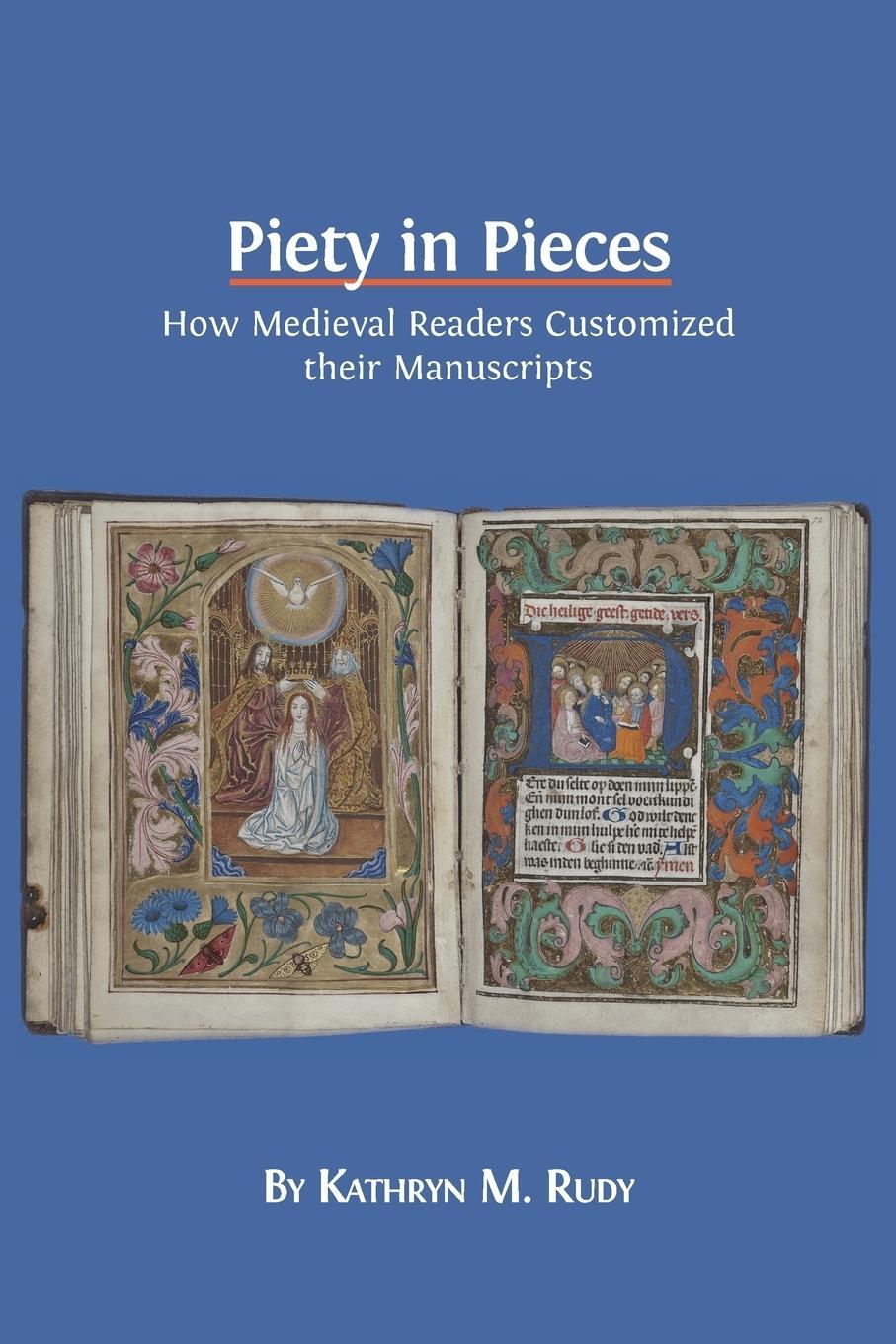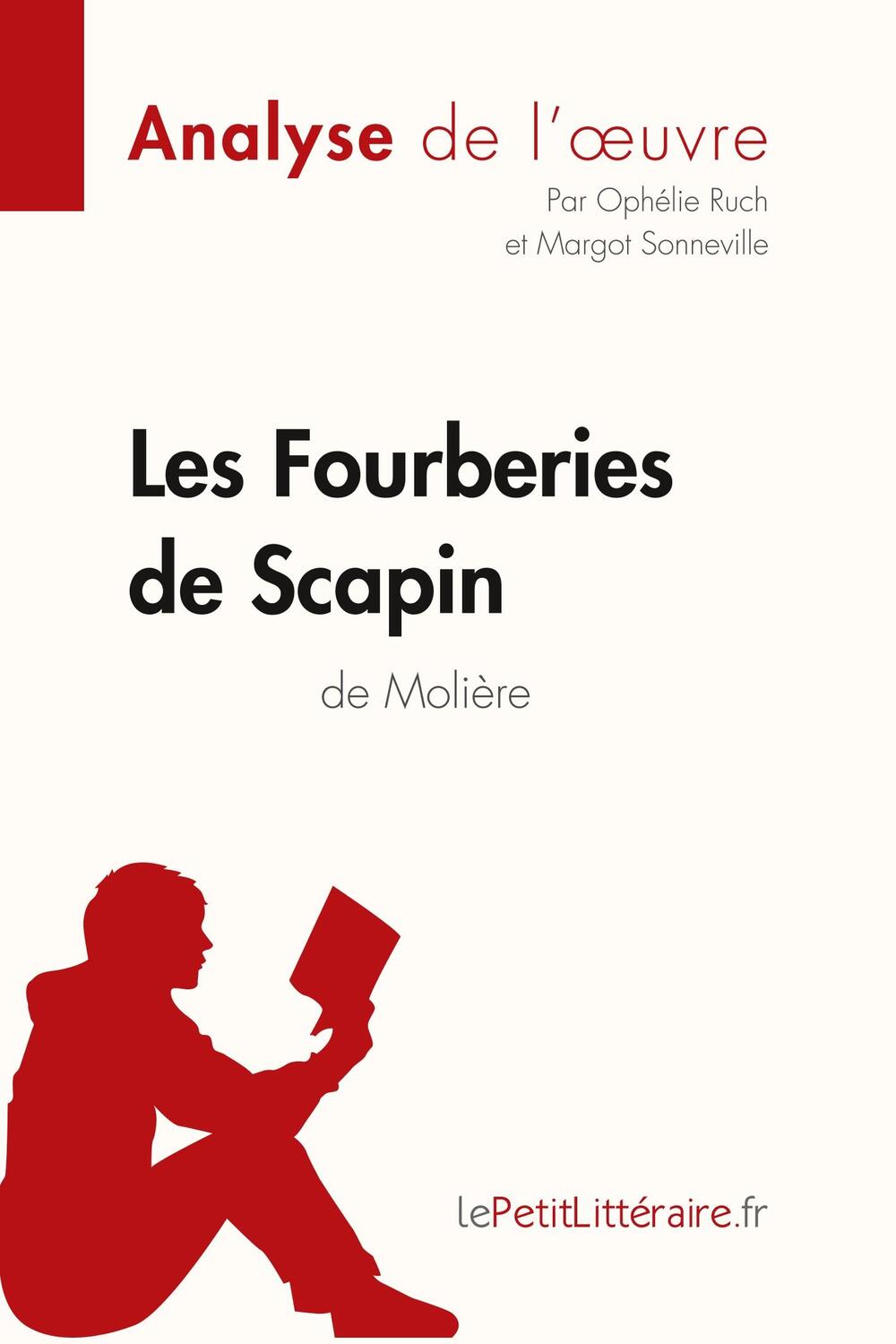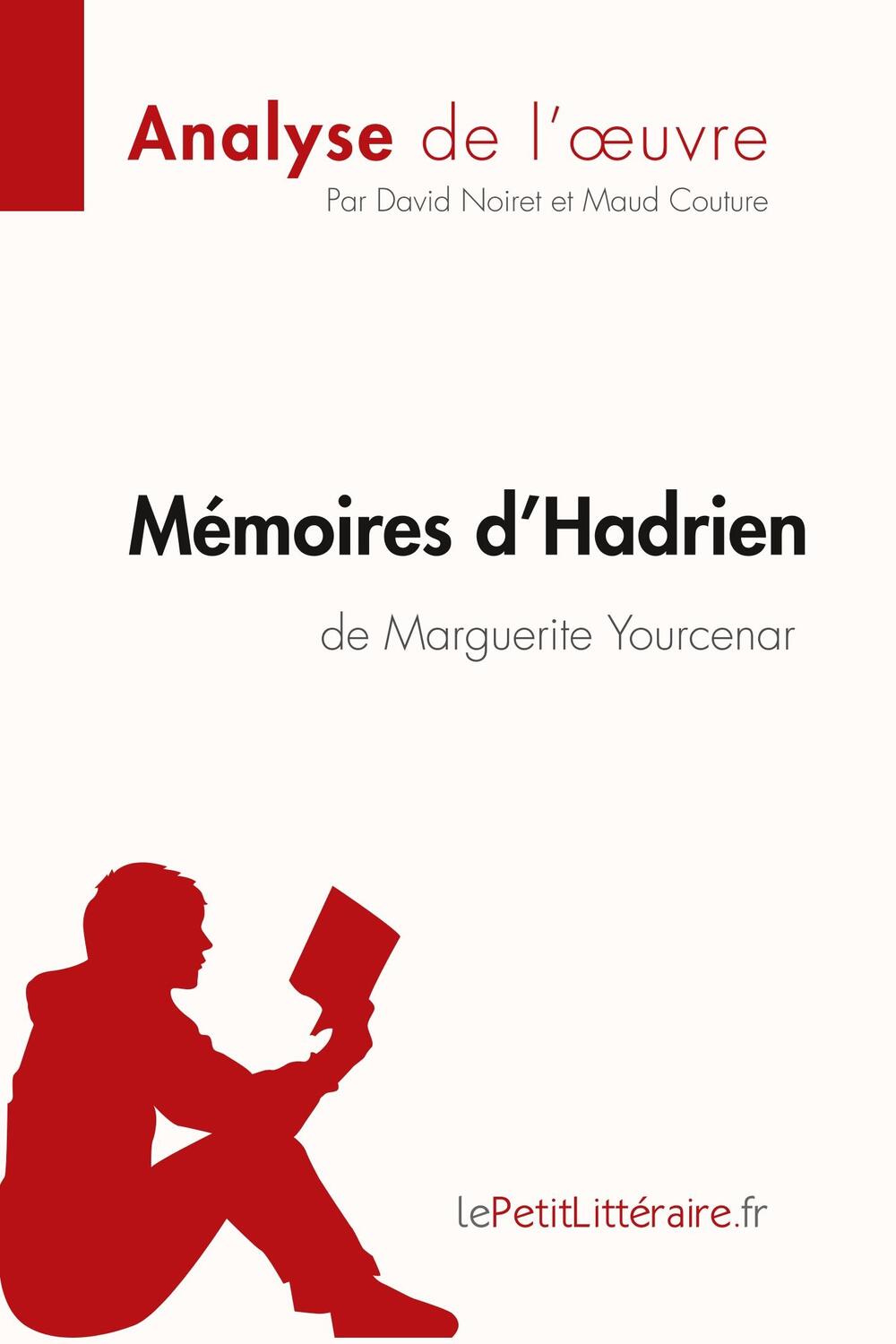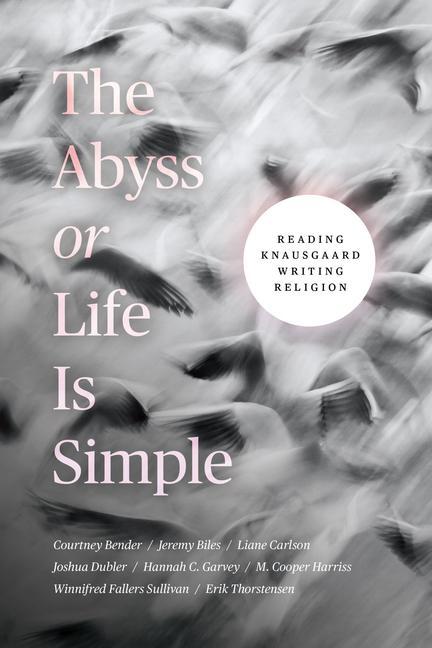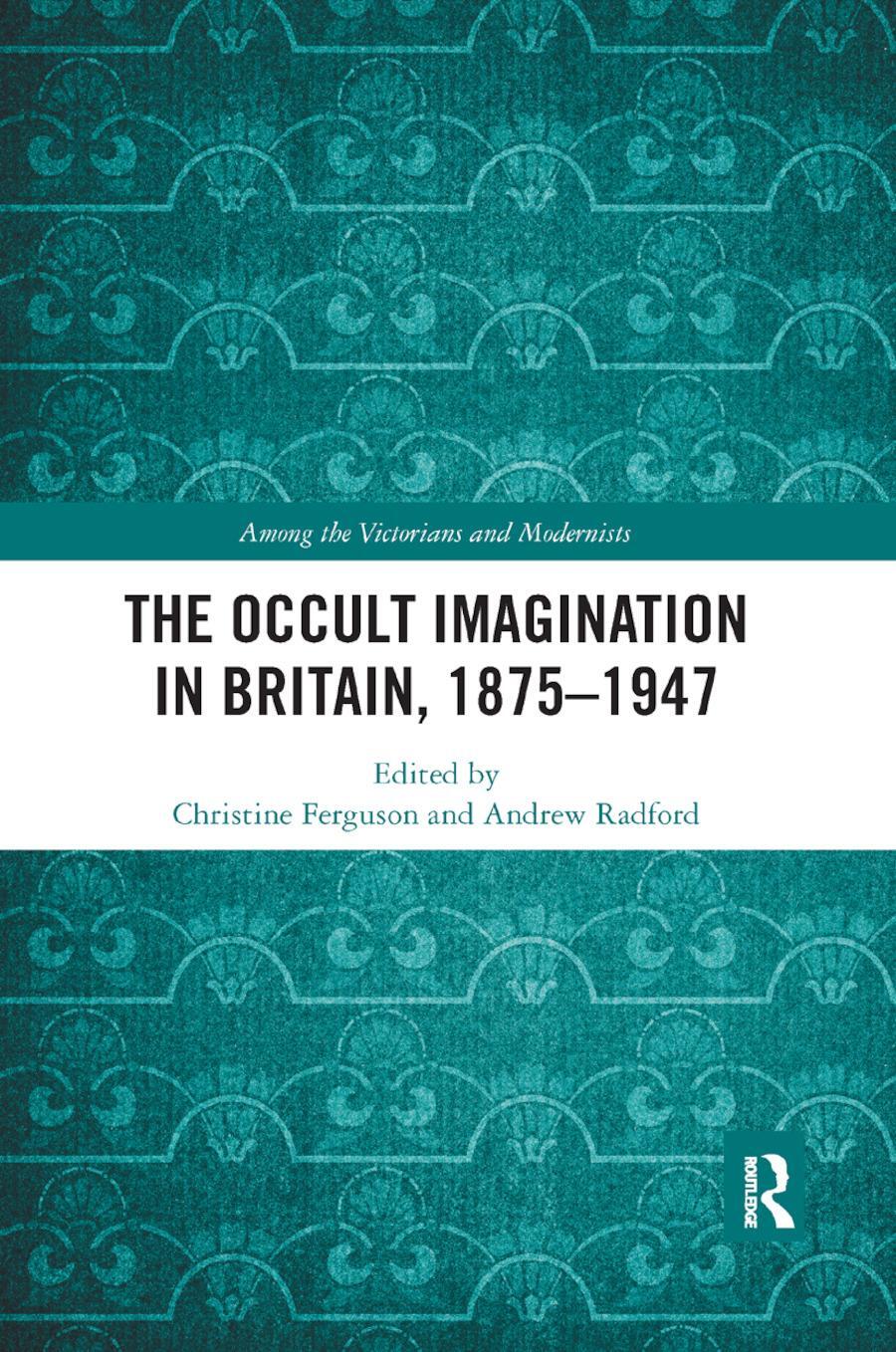Dekorationsartikel gehören nicht zum Leistungsumfang.
Sprache:
Englisch
92,20 €*
Versandkostenfrei per Post / DHL
Aktuell nicht verfügbar
Kategorien:
Beschreibung
Medieval manuscripts resisted obsolescence. Made by highly specialised craftspeople (scribes, illuminators, book binders) with labour-intensive processes using exclusive and sometimes exotic materials (parchment made from dozens or hundreds of skins, inks and paints made from prized minerals, animals and plants), books were expensive and built to last. They usually outlived their owners. Rather than discard them when they were superseded, book owners found ways to update, amend and upcycle books or book parts.
These activities accelerated in the fifteenth century. Most manuscripts made before 1390 were bespoke and made for a particular client, but those made after 1390 (especially books of hours) were increasingly made for an open market, in which the producer was not in direct contact with the buyer. Increased efficiency led to more generic products, which owners were motivated to personalise. It also led to more blank parchment in the book, for example, the backs of inserted miniatures and the blanks ends of textual components. Book buyers of the late fourteenth and throughout the fifteenth century still held onto the old connotations of manuscripts-that they were custom-made luxury items-even when the production had become impersonal.
Owners consequently purchased books made for an open market and then personalised them, filling in the blank spaces, and even adding more components later. This would give them an affordable product, but one that still smacked of luxury and met their individual needs. They kept older books in circulation by amending them, attached items to generic books to make them more relevant and valuable, and added new prayers with escalating indulgences as the culture of salvation shifted.
Rudy considers ways in which book owners adjusted the contents of their books from the simplest (add a marginal note, sew in a curtain) to the most complex (take the book apart, embellish the components with painted decoration, add more quires of parchment). By making sometimes extreme adjustments, book owners kept their books fashionable and emotionally relevant. This study explores the intersection of codicology and human desire.
Rudy shows how increased modularisation of book making led to more standardisation but also to more opportunities for personalisation. She asks: What properties did parchment manuscripts have that printed books lacked? What are the interrelationships among technology, efficiency, skill loss and standardisation?
These activities accelerated in the fifteenth century. Most manuscripts made before 1390 were bespoke and made for a particular client, but those made after 1390 (especially books of hours) were increasingly made for an open market, in which the producer was not in direct contact with the buyer. Increased efficiency led to more generic products, which owners were motivated to personalise. It also led to more blank parchment in the book, for example, the backs of inserted miniatures and the blanks ends of textual components. Book buyers of the late fourteenth and throughout the fifteenth century still held onto the old connotations of manuscripts-that they were custom-made luxury items-even when the production had become impersonal.
Owners consequently purchased books made for an open market and then personalised them, filling in the blank spaces, and even adding more components later. This would give them an affordable product, but one that still smacked of luxury and met their individual needs. They kept older books in circulation by amending them, attached items to generic books to make them more relevant and valuable, and added new prayers with escalating indulgences as the culture of salvation shifted.
Rudy considers ways in which book owners adjusted the contents of their books from the simplest (add a marginal note, sew in a curtain) to the most complex (take the book apart, embellish the components with painted decoration, add more quires of parchment). By making sometimes extreme adjustments, book owners kept their books fashionable and emotionally relevant. This study explores the intersection of codicology and human desire.
Rudy shows how increased modularisation of book making led to more standardisation but also to more opportunities for personalisation. She asks: What properties did parchment manuscripts have that printed books lacked? What are the interrelationships among technology, efficiency, skill loss and standardisation?
Medieval manuscripts resisted obsolescence. Made by highly specialised craftspeople (scribes, illuminators, book binders) with labour-intensive processes using exclusive and sometimes exotic materials (parchment made from dozens or hundreds of skins, inks and paints made from prized minerals, animals and plants), books were expensive and built to last. They usually outlived their owners. Rather than discard them when they were superseded, book owners found ways to update, amend and upcycle books or book parts.
These activities accelerated in the fifteenth century. Most manuscripts made before 1390 were bespoke and made for a particular client, but those made after 1390 (especially books of hours) were increasingly made for an open market, in which the producer was not in direct contact with the buyer. Increased efficiency led to more generic products, which owners were motivated to personalise. It also led to more blank parchment in the book, for example, the backs of inserted miniatures and the blanks ends of textual components. Book buyers of the late fourteenth and throughout the fifteenth century still held onto the old connotations of manuscripts-that they were custom-made luxury items-even when the production had become impersonal.
Owners consequently purchased books made for an open market and then personalised them, filling in the blank spaces, and even adding more components later. This would give them an affordable product, but one that still smacked of luxury and met their individual needs. They kept older books in circulation by amending them, attached items to generic books to make them more relevant and valuable, and added new prayers with escalating indulgences as the culture of salvation shifted.
Rudy considers ways in which book owners adjusted the contents of their books from the simplest (add a marginal note, sew in a curtain) to the most complex (take the book apart, embellish the components with painted decoration, add more quires of parchment). By making sometimes extreme adjustments, book owners kept their books fashionable and emotionally relevant. This study explores the intersection of codicology and human desire.
Rudy shows how increased modularisation of book making led to more standardisation but also to more opportunities for personalisation. She asks: What properties did parchment manuscripts have that printed books lacked? What are the interrelationships among technology, efficiency, skill loss and standardisation?
These activities accelerated in the fifteenth century. Most manuscripts made before 1390 were bespoke and made for a particular client, but those made after 1390 (especially books of hours) were increasingly made for an open market, in which the producer was not in direct contact with the buyer. Increased efficiency led to more generic products, which owners were motivated to personalise. It also led to more blank parchment in the book, for example, the backs of inserted miniatures and the blanks ends of textual components. Book buyers of the late fourteenth and throughout the fifteenth century still held onto the old connotations of manuscripts-that they were custom-made luxury items-even when the production had become impersonal.
Owners consequently purchased books made for an open market and then personalised them, filling in the blank spaces, and even adding more components later. This would give them an affordable product, but one that still smacked of luxury and met their individual needs. They kept older books in circulation by amending them, attached items to generic books to make them more relevant and valuable, and added new prayers with escalating indulgences as the culture of salvation shifted.
Rudy considers ways in which book owners adjusted the contents of their books from the simplest (add a marginal note, sew in a curtain) to the most complex (take the book apart, embellish the components with painted decoration, add more quires of parchment). By making sometimes extreme adjustments, book owners kept their books fashionable and emotionally relevant. This study explores the intersection of codicology and human desire.
Rudy shows how increased modularisation of book making led to more standardisation but also to more opportunities for personalisation. She asks: What properties did parchment manuscripts have that printed books lacked? What are the interrelationships among technology, efficiency, skill loss and standardisation?
Über den Autor
Kathryn M. Rudy is a Professor in art history at the University of St Andrews. She has written extensively about late medieval manuscripts and is best known for her work on 'Dirty Books', for which she measured signs of wear in manuscript margins in order to quantify reader reception. See her TED talk on this topic! Before coming to academia in 2011, she was curator of illuminated manuscripts at the National Library of The Netherlands. She holds degrees from Cornell, Columbia, and Toronto, and she has held fellowships, inter alia, at the Center for Advanced Study in the Visual Arts, the Warburg, the Bodleian Library, the Getty, the Bauhaus University Weimar, and Trinity College Dublin. Her most recent books include Postcards on Parchment: The Social Lives of Medieval Books (2015) and Piety in Pieces, published by OBP in 2016.
Details
| Erscheinungsjahr: | 2016 |
|---|---|
| Genre: | Lyrik & Dramatik |
| Rubrik: | Belletristik |
| Medium: | Taschenbuch |
| Seiten: | 414 |
| ISBN-13: | 9781783742332 |
| ISBN-10: | 178374233X |
| Sprache: | Englisch |
| Ausstattung / Beilage: | Paperback |
| Einband: | Kartoniert / Broschiert |
| Autor: | Rudy, Kathryn M. |
| Hersteller: | Open Book Publishers |
| Maße: | 234 x 156 x 27 mm |
| Von/Mit: | Kathryn M. Rudy |
| Erscheinungsdatum: | 26.09.2016 |
| Gewicht: | 0,929 kg |
Über den Autor
Kathryn M. Rudy is a Professor in art history at the University of St Andrews. She has written extensively about late medieval manuscripts and is best known for her work on 'Dirty Books', for which she measured signs of wear in manuscript margins in order to quantify reader reception. See her TED talk on this topic! Before coming to academia in 2011, she was curator of illuminated manuscripts at the National Library of The Netherlands. She holds degrees from Cornell, Columbia, and Toronto, and she has held fellowships, inter alia, at the Center for Advanced Study in the Visual Arts, the Warburg, the Bodleian Library, the Getty, the Bauhaus University Weimar, and Trinity College Dublin. Her most recent books include Postcards on Parchment: The Social Lives of Medieval Books (2015) and Piety in Pieces, published by OBP in 2016.
Details
| Erscheinungsjahr: | 2016 |
|---|---|
| Genre: | Lyrik & Dramatik |
| Rubrik: | Belletristik |
| Medium: | Taschenbuch |
| Seiten: | 414 |
| ISBN-13: | 9781783742332 |
| ISBN-10: | 178374233X |
| Sprache: | Englisch |
| Ausstattung / Beilage: | Paperback |
| Einband: | Kartoniert / Broschiert |
| Autor: | Rudy, Kathryn M. |
| Hersteller: | Open Book Publishers |
| Maße: | 234 x 156 x 27 mm |
| Von/Mit: | Kathryn M. Rudy |
| Erscheinungsdatum: | 26.09.2016 |
| Gewicht: | 0,929 kg |
Warnhinweis

